By Clare A’Hearn (PO ’26)
A recent focal point in Republican attack ads is bail reform. More specifically, ending the cash bail system. The United States currently employs cash bail for arrested individuals awaiting trial, but there is a push to end the system, in part because it disproportionately impacts low-income people.
There is an imposition of a “poverty penalty” from cash bail, as low-income people may not be able to afford the amount set for their release. Cash bail is a set amount of money an individual pays to be released from custody with the intent they will return for trial to collect the money. According to the Bureau of Justice Statistics, roughly 70% of the jail population in the United States is awaiting trial, and two-thirds of those in jails reported a median income of under $12,000 prior to arrest. Low-income people may lack the financial resources to pay the bail amount which prevents them from being released from jail and attending work or supporting their families. There are consequences to spending time in prison such as losing jobs or custody of children that can be faced even after bail is posted. Cash bail is currently the most common provision that judges set for release even as it “conflicts with the presumption of innocence.” States such as Nebraska, Utah, and West Virginia have worked to reform bail with the right to have counsel at bail hearings, which “increases equity and improves the efficiency of the legal system,” but such guarantees are limited across the United States.
Three states have attempted to make efforts towards eliminating cash bail: New York, Illinois, and California. In 2019, as part of the New York State Fiscal Year Budget, the state eliminated cash bail for most misdemeanour and non-violent felony charges, specifically to prevent income from being a barrier in release. Unlike other states, New York judges cannot consider “dangerousness” when determining release conditions and bail amount. Illinois attempted to effectively end cash bail with a law that was set to go into effect on January 1st, 2023, however, an Illinois Circuit Court judge ruled the law “unconstitutional” and the SAFE-T Act’s implementation was halted. In 2021, California’s State Supreme Court ruled to eliminate cash bail, but only for individuals who could not afford to pay. In 2022, the California law, SB 262, was proposed and stipulated individuals could be released on “personal recognizance” instead of cash bail, but it failed in the State Assembly.
States are aware that finances heavily influence an individual’s ability to pay bail, but there are arguments made against ending cash bail from the bail industry, as it would eliminate the need for their service, and from representatives with public safety concerns. However, there is no evidence of causation between cash bail reform and high crime rates. Simply put, “releasing more people has not led to higher crime rates.” But Republicans have connected bail reform with non-correlated spikes in crime, leading to Senate and House attack ads in 2022 and the elimination of cash bail becoming a point of contention in DA races. Critics of eliminating cash bail also disapprove of discretion being taken away from judges, such as an individual’s history of incarceration that a judge may use to set an amount for bail.
Bail charities have recently been criticized for their functioning as there have been some instances of these charities posting bail for violent offences. However, bail-bond companies face no scrutiny for working with those accused of felonies or violent misdemeanours. The Bail Project has noted that bail charities and reform efforts are easier to attack and blame than the bail industry which profits $2 billion a year. Bail charities are additionally being met with opposition from states such as Indiana that have passed laws preventing bail charities, but not bail-bond companies, from posting bail for those accused of violent offences.
The alternatives to cash bail range from implementing electronic monitoring programs to focusing on community-focused solutions such as reminding defendants of their court dates. Electronic monitoring often comes at a cost to the defendant and therefore does not work to relieve the “poverty penalty.” In 29 states, electronic monitoring is expressly authorized to be charged to the defendant during the pre-trial process. Studies show that with a simple reminder of a court date, people are less likely to fail to appear (FTA) and earn a demerit to their court record. Recently there has been an increase in apps and services to remind defendants of their court dates as “phone call reminders increase appearance rates by 42% and mail reminders may increase appearance rates by as much as 33%.” There is a connection between past bail reform efforts and FTAs, however, most people who FTA are not on the run and the criminal justice system targets the “poor, homeless, or mentally ill” who may struggle to remember or attend a court date.
The current bail system impacts low-income people disproportionately and harms families, subsequently hurting “public safety.” Reform is being attempted, yet fear-mongering tactics are preventing community-focused solutions from being implemented and the elimination of cash bail has instead become politicized.

